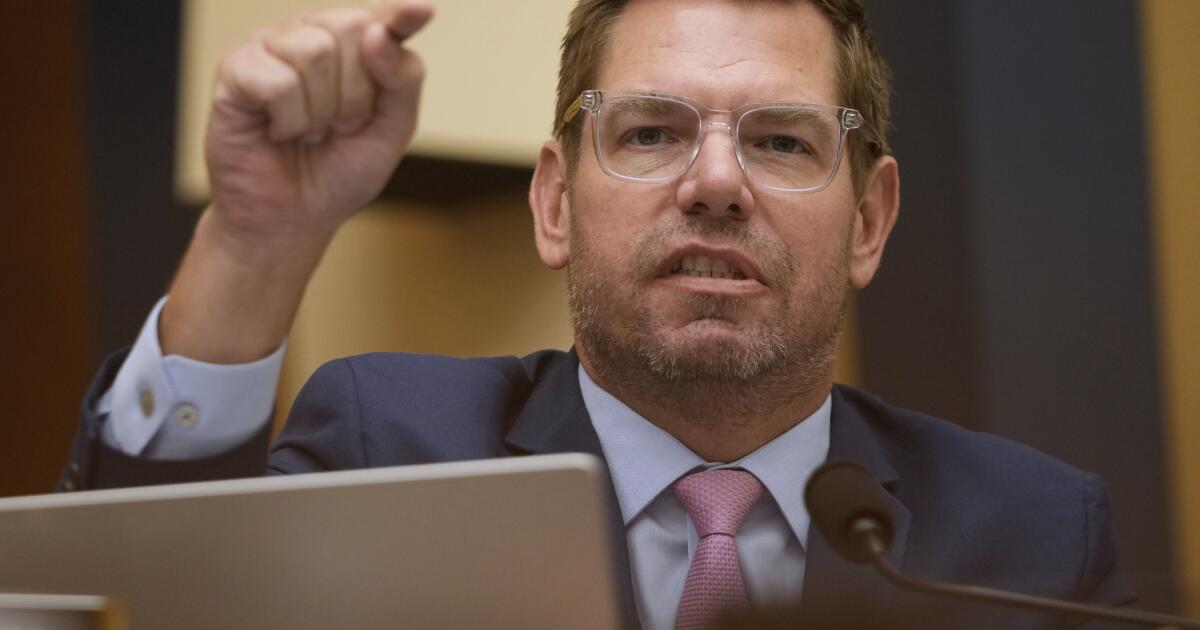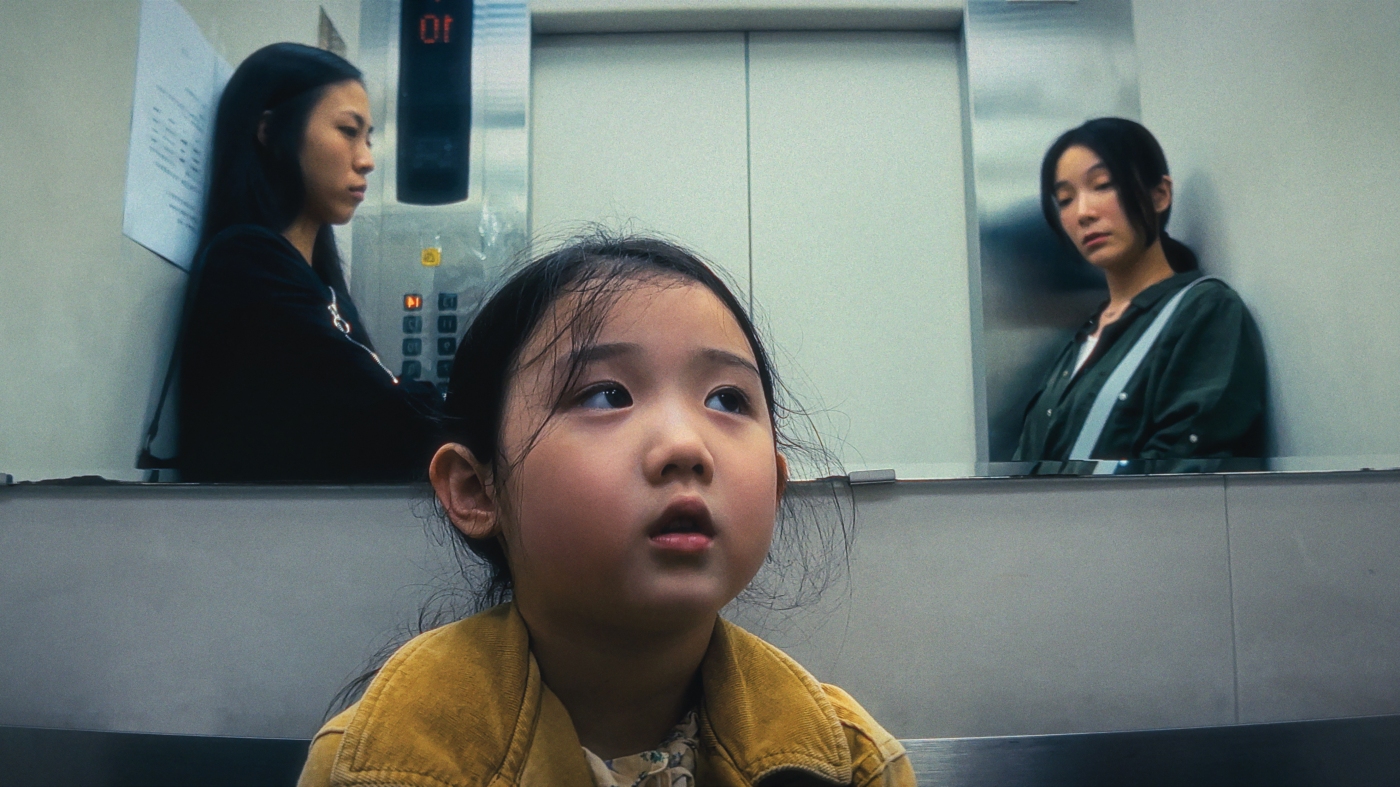Washington, D.C
Gov. Newsom visits Washington, D.C. to protect California policies ahead of Trump presidency

SACRAMENTO — Gov. Gavin Newsom is meeting with the Biden administration this week in Washington, D.C. to seek more protections for California policies before the Trump administration takes over.
Just last week, Newsom called for state lawmakers to convene a special session next month to safeguard the state’s progressive policies on climate change, reproductive rights and immigration before President-elect Donald Trump returns to the White House.
Newsom spoke over Zoom on Friday about his plans to prepare for another Trump presidency.
“I think he’s going to come harder. He’s going to come faster, executive orders day one. We’re taking him at his word,” Newsom said.
One of the highest-profile California policies in jeopardy is the 2035 ban on new gas-powered car sales.
“This is where California is most vulnerable, on transportation emissions,” said Ethan Elkind, director of the UC Berkeley Center for Law, Energy and the Environment.
Elkind noted that Trump has openly opposed California’s plan to allow only zero-emission new car sales starting in 2035.
“That’s why we’re up to almost 30% of new vehicle sales in the state are electric,” Elkind said.
Besides that zero-emission vehicle policy, California is also seeking federal waivers on setting new requirements on zero-emission heavy-duty vehicles, off-road vehicles, construction equipment, and buildings.
“We are not naive about what to anticipate,” Newsom said.
In 2019, Trump revoked California’s ability to enforce its own tailpipe emissions limits. This was later restored by President Biden’s administration and was upheld in federal court.
Democratic and Republican lawmakers in California are watching closely to see the impact of Newsom’s visit to the nation’s capital.
“So this is just the opening salvo and, of course, they’re going to trade some blows here,” state Senator Henry Stern (D-Calabasas) said. “I expect them to fight a lot more in public and then get a lot more done behind the scenes.”
“It’s a great opportunity, and the Democrats — Gavin Newsom at the top — are kind of squandering it if they’re going to immediately start with a confrontational approach,” Assemblymember James Gallagher (R-Yuba City) said.
Besides vehicles, President-elect Trump could also cut federal funding for the California high-speed rail project. The Biden administration had awarded $3 billion to it earlier this year.
“Trust me. We’ve got a lot up our sleeves,” Newsom said. “We’re not done by any stretch.”

Washington, D.C
Family of man killed by DC police questions officer’s tactics

The family of a 25-year-old man who was shot and killed by a D.C. police officer last week is questioning the officer’s tactics and training after viewing the body camera video.
David Warren Childs, of Northeast D.C., was shot the night of Nov. 17 after police say he refused to obey the officer’s commands and appeared to reach for a firearm in his waistband. It happened near the Deanwood Metro station.
The Metropolitan Police Department (MPD) says officers spotted Childs with a gun in his waistband and gave chase.
The body-worn camera video released by police this week doesn’t show the initial interaction. It begins in the middle of a foot pursuit that ended outside an apartment building on 47th Place NE.
It’s very hard to tell from the video, but the officer — who had Childs at gunpoint standing between a fence and the building — was without backup and alone for one minute and 23 seconds before the officer opened fire.
The video shows the moment the officer cornered Childs and said, “I’m gonna shoot you.”
“Why wasn’t the matter de-escalated?” Childs’ cousin Da’jon Mason asked. “If it’s the law enforcement’s job to de-escalate matters, why wasn’t the situation de-escalated? If you had 10 to 15 officers out here, why was there no other officer present to assist in the matter to de-escalate the situation? Why did you continue to escalate the situation, threatening to continuously shoot someone when they are telling you, ‘Don’t shoot me’?”
As soon as Childs was cornered near the fence line, the officer apparently got on the radio and said, “One at gunpoint” and “behind the building.”
“The officer used great restraint, gave multiple commands, multiple commands asking the subject to please, to raise his hands and not to reach for the firearm, and for some reason the subject did not obey those commands and reached for his firearm,” Executive Assistant Police Chief Andre Wright said.
It’s difficult to see on the video, but police say Childs moved his left hand toward his waistband and that’s when the officer opened fire.
After the shooting, other officers arrived and began to render first aid to Childs.
Police say this is the weapon Childs had in his waistband.
“The point where he was saying, ‘You know what, OK, if this is how it’s going to go, then do it,’ when we are the same amount of distance that we are now in this conversation, you could have taken him down,” Mason said. “You didn’t have to keep the gun pointed at him. You could have holstered your weapon and proceeded to take him down. You could have tased him. You could have used OC [pepper] spray.”
D.C. police declined to comment on the family’s concerns and referred News4 to the statement the police department made when the body camera video was released.
MPD said in a Nov. 18 news release in part: “The involved members have been placed on administrative leave, pursuant to MPD policy.”
The Internal Affairs Bureau’s Force Investigations Team is investigating the shooting, according to MPD.
“The United States Attorney’s Office will independently review the facts and evidence in the case,” MPD said.
Washington, D.C
Bellingham, WA man under investigation after D.C. shooting of 2 Guard members

BELLINGHAM, Wash. – The suspect accused of shooting two National Guard members in Washington, D.C., was identified as an Afghan national who lived in Bellingham, Washington.
What we know:
On Wednesday, the suspect, later identified as Rahmanullah Lakanwal, opened fire on two National Guard members just blocks away from the White House. The West Virginia service members, 20-year-old Sarah Beckstrom and 24-year-old Air Force Staff Sergeant Andrew Wolfe, were both sworn in less than 24 hours before the attack.
National Guard member Sarah Beckstrom dies after Washington, D.C. shooting
On Thursday, President Trump revealed that Sarah Beckstrom had died. Wolfe remains in critical condition.
Washington, D.C. shooting suspect’s ties to the CIA
Dig deeper:
Authorities say Lakanwal entered the United States in September 2021 under humanitarian parole as part of the Biden administration’s Operation Allies Welcome in the aftermath of the country’s withdrawal from Afghanistan.
Lakanwal was part of a CIA-associated unit in Kandahar, Afghanistan. Officials say these units were highly trusted by the CIA and played crucial roles in operations against the Taliban.
From Wednesday night into Thanksgiving morning, the FBI and federal agents executed search warrants at his home in Bellingham, Washington, where he lived with his wife and five children. Investigators seized electronic devices including laptops, cellphones and iPads as the case expands into a coast-to-coast investigation.
“All the individuals found in that house have been interviewed, and some interviews remain ongoing,” said FBI Director Kash Patel. “We will not stop until we interview anyone and everyone associated with the subject, the house and every piece of his life.”
The Seattle FBI office says it is assisting the Washington office but declined to comment further.
Bellingham, WA officials respond to D.C. shooting suspect’s investigation
What they’re saying:
Bellingham’s police chief says the department immediately stepped in to support federal investigators.
“Our hearts are heavy for the two West Virginia National Guard members who were shot while on active duty yesterday in Washington D.C.,” said Bellingham Police Department Chief Rebecca Mertzig. “We stand with them, their loved ones, and all the National Guard members across the nation.
“Violence like this is horrific and unacceptable. As soon as I was notified of the situation, investigation and the possible connection to Bellingham, I called our local FBI partners to offer Bellingham Police Department’s assistance with their criminal investigation of this case. We are closely monitoring the situation for any updates.
“People who serve and protect our communities, like the two wounded West Virginia National Guard members, represent the best of what we strive for, and we honor their service, sacrifice, and courage.”
Bellingham Mayor Kim Lund also says the city is actively coordinating with investigators.
“It takes courage to say yes to the job of protecting fellow community members and protecting our country. We honor the courage of the two National Guard members who were wounded in service yesterday. There is no excuse for the heinous, violent attack they suffered.
“We are holding them and their loved ones in our hearts today, wishing them a full return to health.
“As mayor of Bellingham, I am directing local resources to be ready to support the FBI’s investigation. We share the resolve to see justice and accountability for this violent attack.
“The terrible actions committed in Washington, D.C. yesterday are the actions of one person, not a community. They don’t represent Bellingham’s values. They don’t reflect the values of either Washington. They don’t represent what makes our communities great.”
FOX 13 Reporter Alejandra Guzman spoke to some neighbors living near the suspect’s home.
“It’s less than 50 feet away from my apartment, so it kind of scares me,” said Bill Beveridge. “Who knows what can actually happen after this.”
Big picture view:
The shooting came a week after a federal judge ordered an end to the National Guard deployment in the Washington, D.C., area. President Trump has since ordered 500 additional National Guard members to the capital.
U.S. Citizenship and Immigration Services Director Joseph B. Edlow has directed a full-scale, rigorous reexamination of every green card issued to immigrants from countries of concern at the direction of President Trump.
The Afghan American Cultural Association, a nonprofit, non-political community-based organization registered in Washington state, released the following statement:
“We are deeply saddened and outraged by the tragic incident in Washington, D.C., where an Afghan national shot two National Guard service members. As an organization representing Afghan Americans across Washington State, we strongly and unequivocally condemn this heinous and cowardly act. There is no justification for violence against those who protect and serve our communities.
Our thoughts, prayers, and unwavering support are with the injured National Guard troops and their families. We stand shoulder-to-shoulder with them during this difficult moment and pray for their full and speedy recovery.
At the same time, we must be clear: one person’s actions do not define an entire community. Afghan Americans have built lives here grounded in safety, hard work, and service. Many of us came to the United States precisely because we fled war, extremism, and instability. We left everything behind to pursue a future rooted in peace, dignity, and opportunity.
We remain fully committed to the safety, unity, and progress of the United States, the nation that welcomed us and gave us a chance to rebuild. Afghan Americans are teachers, soldiers, doctors, business owners, neighbors, and taxpayers who contribute to the growth and resilience of this great country every single day.
We stand for peace. We stand for accountability. We stand with America.”
This is a developing story. Check back for updates.
The Source: Information in this story came from original reporting by FOX 13 Seattle, reporting by FOX News Digital, the Associated Press and officials in Bellingham, Washington.
MORE NEWS FROM FOX 13 SEATTLE
Thanksgiving holiday travel underway at SEA Airport, could be record-setting travel season nationwide
WA dirt biker falls down cliff during photograph, airlifted to Tacoma hospital
Person killed after falling onto barge in Duwamish River in Seattle
Pierce County, WA mom credits heart monitor for helping save her life from rare condition
Who is Katie Wilson? A look at Seattle’s next mayor
‘Speechless’: Tacoma, WA aid group braces for SNAP surge as requirements tighten
How to watch Seattle Mariners games in 2026 after ROOT sports shuts down
To get the best local news, weather and sports in Seattle for free, sign up for the daily FOX Seattle Newsletter.
Download the free FOX LOCAL app for mobile in the Apple App Store or Google Play Store for live Seattle news, top stories, weather updates and more local and national news.
Washington, D.C
Suspect in Washington DC national guard shooting had ties to CIA, agency confirms

The suspected shooter of two national guard members in Washington DC on Wednesday worked with CIA-backed military units during the US war in Afghanistan, the agency has confirmed.
The alleged gunman, identified as Rahmanullah Lakanwal, 29, came to the US in September 2021 under an Operation Allies Welcome program that gave some Afghans who had worked for the US government entry visas to the US.
Lakanwal’s ties to the Central Intelligence Agency, which worked alongside US special forces in Afghanistan, were confirmed by the CIA director, John Ratcliffe, to media outlets on Wednesday evening.
The New York Times reported that the shooting suspect had worked for several US government agencies in Afghanistan, including a CIA-backed unit in the southern province of Kandahar, a stronghold of the Taliban.
“The Biden administration justified bringing the alleged shooter to the United States in September 2021 due to his prior work with the US government, including CIA,” Ratcliffe told Fox News digital, adding that Lakanwal’s involvement with the agency was “as a member of a partner force in Kandahar, which ended shortly following the chaotic evacuation”.
US Citizenship and Immigration Services said after the shooting that it has stopped processing residency applications from Afghan nationals.
“Effective immediately, processing of all immigration requests relating to Afghan nationals is stopped indefinitely pending further review of security and vetting protocols,” the agency said on social media.
Following the shooting, Donald Trump ordered 500 additional national guard troops to Washington. The president described the shooting as an “act of terror” and called immigration “the single greatest national security threat facing our nation”.
-

 Science7 days ago
Science7 days agoWashington state resident dies of new H5N5 form of bird flu
-

 World1 week ago
World1 week agoZelenskiy meets Turkish president as word emerges of new US peace push
-

 Business4 days ago
Business4 days agoStruggling Six Flags names new CEO. What does that mean for Knott’s and Magic Mountain?
-

 New York1 week ago
New York1 week agoDriver Who Killed Mother and Daughters Sentenced to 3 to 9 Years
-

 World1 week ago
World1 week agoUnclear numbers: What we know about Italian military aid to Ukraine
-

 Politics2 days ago
Politics2 days agoRep. Swalwell’s suit alleges abuse of power, adds to scrutiny of Trump official’s mortgage probes
-

 Politics1 week ago
Politics1 week agoMamdani keeps Jessica Tisch as NYPD commissioner
-

 Science1 week ago
Science1 week agoRising Home Insurance Premiums Are Eating Into Home Values in Disaster-Prone Areas



















